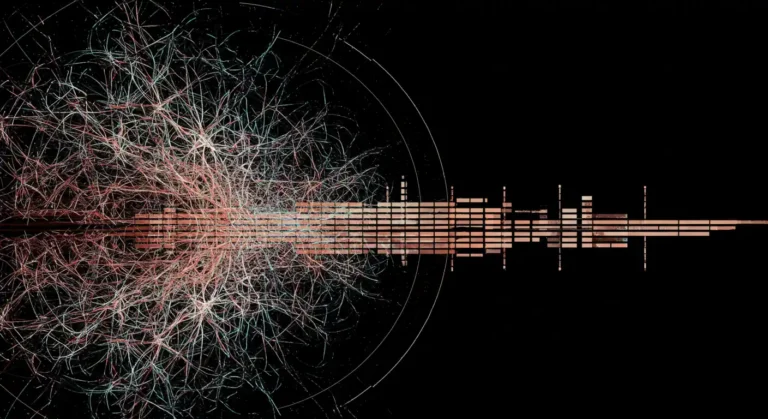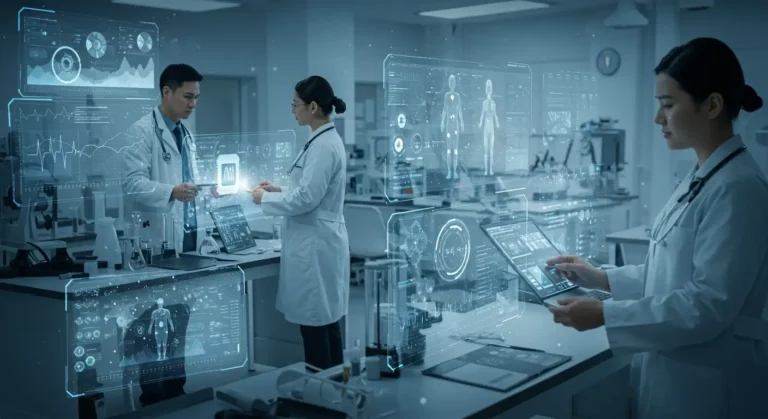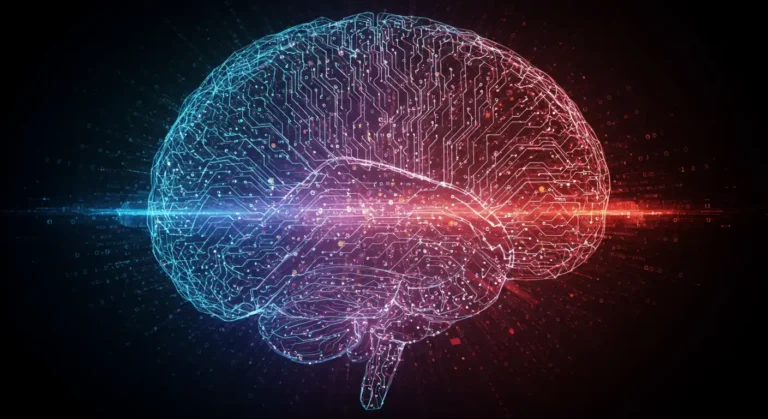Generative AI is rapidly becoming a key player across numerous industries, and the creative industries are no exception. From generating images to composing music and writing text, Generative AI is opening up new possibilities for creators and changing the ways we interact with art and design. In this article, we’ll explore 5 key ways Generative AI is revolutionizing creative industries, and how these changes are impacting the future of creativity.
The Generative AI Revolution: How Models Like Gemini are Transforming Creative Industries (2025)
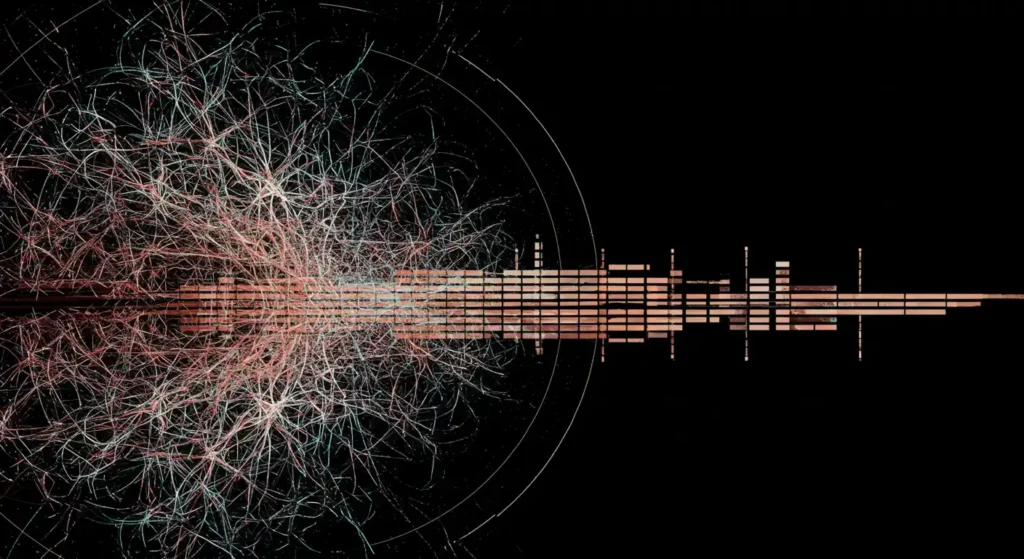
Models like Gemini are prime examples of how Generative AI can be used to create high-quality and original content. With their advanced learning and data analysis capabilities, Gemini and other similar models can generate text, images, and other types of content that are difficult to distinguish from human-created work. This opens up new perspectives for automating creative processes, personalizing content, and creating new forms of art and entertainment.
<p>The year 2025 represents an important milestone in the development of Generative AI. By this time, the technology is expected to reach an even greater level of maturity, leading to its widespread adoption in creative industries. Models such as Gemini will become even more powerful and capable of creating even more complex and creative content. This will lead to significant changes in how creative professionals work, and will open up new opportunities for collaboration between humans and artificial intelligence.
The changes that Generative AI will bring will be felt in all areas of creativity. From advertising and marketing to film and music, Generative AI will be used to create more personalized and engaging content. Artists and designers will be able to use Generative AI to explore new styles and techniques, as well as to automate routine tasks. Writers and musicians will be able to use Generative AI to create new stories and melodies, and also to overcome creative blocks.
Of course, the development of Generative AI also presents us with new challenges. It is important to ensure that the technology is used ethically and responsibly, and to consider the potential impact on jobs and copyright. However, despite these challenges, Generative AI has enormous potential to revolutionize creative industries and open up new horizons for creativity.
What is Generative AI and How Does it Work?
Generative AI is a type of artificial intelligence capable of creating new content by mimicking the structure and characteristics of the data it was trained on. Unlike traditional AI algorithms that analyze and classify data, generative models learn to generate new samples that conform to specific criteria.
Several key architectures underpin generative AI:
- Generative Adversarial Networks (GANs): GANs consist of two neural networks—a generator that creates new data and a discriminator that evaluates its authenticity. These networks compete against each other, leading to continuous improvement of the generator.
- Variational Autoencoders (VAEs): VAEs learn to encode data into a latent space from which new samples can be generated.
- Transformers: The transformer architecture, which underpins models like Gemini, is particularly effective for processing sequential data like text and music. They can understand context and generate complex and coherent texts.
Gemini: A New Level of Generative AI
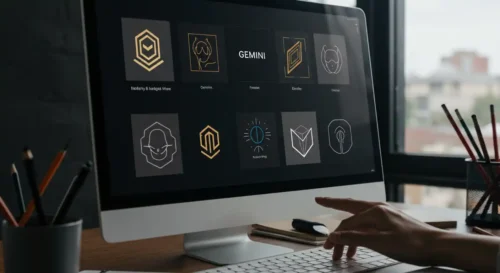
Gemini, developed by Google, exemplifies a multimodal model, meaning it can process and generate various data types, including text, images, audio, and video. This unlocks new possibilities for cross-disciplinary creativity.
Key features of Gemini impacting creative industries:
- Enhanced Contextual Understanding: Gemini can understand the context and nuances of human language more deeply, enabling the generation of more relevant and meaningful texts. This has led to advancements in nuanced storytelling, scriptwriting, and even interactive narrative design in games.
- High-Fidelity Image and Video Generation: Gemini can create photorealistic images and videos, as well as generate visual effects and animation. By 2025, we’ve seen widespread adoption in virtual production for film and television, allowing for real-time creation of complex environments and characters.
- Music and Sound Effect Creation: Gemini can generate musical compositions across various genres and create sound effects for films, games, and other media. This has empowered independent musicians and sound designers with powerful tools for experimentation and production.
- Seamless Integration with Creative Workflows: Gemini is integrated with various Google tools and platforms, streamlining its use in creative workflows. This includes tighter integration with design software, video editing suites, and even collaborative writing platforms.
Impact on Creative Industries: Use Cases
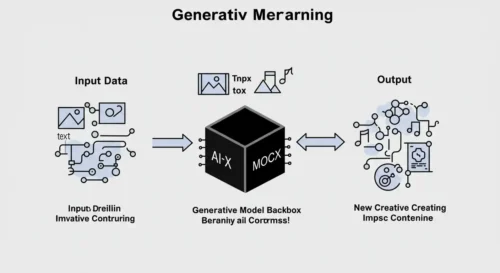
Generative AI, especially models like Gemini, is already transforming various creative industries:
- Writing and Journalism: Gemini assists in writing articles, reports, scripts, and other texts, generating ideas, creating drafts, and editing existing texts. By 2025, we see AI co-authoring becoming common, with human writers focusing on high-level direction and emotional depth, while AI handles research, fact-checking, and stylistic variations.
- Design and Visual Arts: Gemini creates logos, illustrations, graphic designs, and generates digital paintings and sculptures. The use of AI-generated assets in advertising and marketing has become ubiquitous, allowing for highly personalized and dynamic campaigns.
- Music and Audio Production: Gemini generates musical compositions, creates sound effects, and assists in audio mixing and mastering. AI-powered music generation tools have democratized music creation, allowing anyone to express their musical ideas.
- Film and Video Production: Gemini generates scripts, creates visual effects, and assists in video editing and post-production. AI-driven storyboarding and pre-visualization tools have become essential for filmmakers, allowing them to experiment with different visual styles and camera angles.
- Game Development: Gemini generates game levels, characters, dialogues, and storylines. AI-powered procedural content generation has created vast and dynamic game worlds, offering players unique and ever-changing experiences.
Ethical and Societal Considerations
Along with these opportunities, generative AI raises several ethical and societal questions:
- Copyright and Ownership: Who owns the copyright to AI-generated content? This remains a complex legal landscape in 2025, with ongoing debates and evolving legal frameworks.
- Misinformation and Deepfakes: Generative AI can be used to create convincing fake news and deepfakes. Advanced detection methods powered by AI are constantly being developed to counter this threat.
- Impact on the Job Market: The automation of creative processes could lead to job displacement in creative industries. However, new roles focusing on AI curation, prompt engineering, and human-AI collaboration are emerging.
- Algorithmic Bias: AI models can reflect biases present in their training data. Ongoing research and development are focused on mitigating bias and ensuring fairness in AI-generated content.
The Future of Generative AI in Creative Industries
In 2025, generative AI continues to evolve, becoming even more powerful and versatile. We can expect:
- Further Development of Multimodal Models: The ability to process and generate various data types will become even more sophisticated, allowing for seamless blending of different creative mediums.
- Hyper-Personalization and Customization: Generative AI will enable the creation of content that perfectly matches individual user needs and preferences.
- Deeper Integration with Emerging Technologies: Generative AI will be more tightly integrated with other technologies like virtual and augmented reality, creating immersive and interactive experiences.
- New Forms of Creativity and Self-Expression: Generative AI will unlock entirely new possibilities for creativity and self-expression, allowing artists to create things previously unimaginable.
Generative AI, especially models like Gemini, is already reshaping creative industries, and this revolution is just beginning. It’s crucial to understand the potential of this technology while also considering its ethical and societal implications to maximize its benefits for creativity and innovation.
Frequently Asked Questions (FAQ)
This section addresses some common questions about generative AI and its impact on creative industries.
General Questions:
What is generative AI?
Generative AI refers to algorithms and models capable of creating new content, such as text, images, music, and video, by learning patterns from existing data.
How does generative AI differ from traditional AI?
Traditional AI typically focuses on analyzing, classifying, or predicting based on existing data. Generative AI, on the other hand, creates entirely new outputs.
What are some examples of generative AI models?
Examples include Generative Adversarial Networks (GANs), Variational Autoencoders (VAEs), and transformer-based models like Google’s Gemini.
Is generative AI going to replace human artists?
While generative AI can automate certain creative tasks and provide powerful tools, it’s more likely to augment human creativity rather than replace it entirely. Human artists will still be essential for providing direction, emotional depth, and unique perspectives.
Questions about Gemini:
What makes Gemini different from other generative AI models?
Gemini is a multimodal model, meaning it can process and generate multiple data types (text, images, audio, video) seamlessly. Its advanced architecture allows for a deeper understanding of context and more nuanced outputs.
How is Gemini used in creative workflows?
Gemini integrates with various creative tools and platforms, streamlining tasks like generating initial drafts, creating visual assets, composing music, and generating sound effects.
Can Gemini create original ideas?
While Gemini can generate novel combinations and variations based on its training data, true originality, in the human sense of novel ideation and emotional expression, remains a complex area. Gemini is better viewed as a powerful tool for exploring creative possibilities.
Ethical and Societal Questions:
Who owns the copyright to AI-generated content?
Copyright law is still evolving in response to generative AI. Currently, ownership is a complex issue, often depending on the specific use case and the level of human input involved. Legal frameworks are actively being developed to address these questions.
How can we prevent the misuse of generative AI for creating deepfakes or misinformation?
Researchers and developers are actively working on AI-powered detection methods and ethical guidelines to combat the misuse of generative AI. Media literacy and critical thinking are also crucial in identifying and mitigating the spread of misinformation.
What is the impact of generative AI on the job market in creative industries?
Generative AI is likely to automate some tasks, potentially leading to job displacement in certain areas. However, it will also create new roles focused on AI curation, prompt engineering, and human-AI collaboration. The focus should be on adapting to these changes through training and education.
How can we ensure that AI models are not biased?
Addressing bias in AI requires careful data curation, model design, and ongoing monitoring. Researchers are developing techniques to mitigate bias and ensure fairness in AI-generated content.
Future of Generative AI:
What are some future trends in generative AI for creative industries?
Future trends include further development of multimodal models, hyper-personalization of content, deeper integration with other technologies like VR/AR, and the emergence of entirely new forms of creative expression.
How will generative AI change the relationship between artists and technology?
Generative AI will likely become an integral part of the creative process, empowering artists with new tools and possibilities while also raising important questions about authorship, creativity, and the role of technology in art.
This FAQ section provides concise answers to common questions, further enhancing the article’s value and addressing potential reader inquiries.
